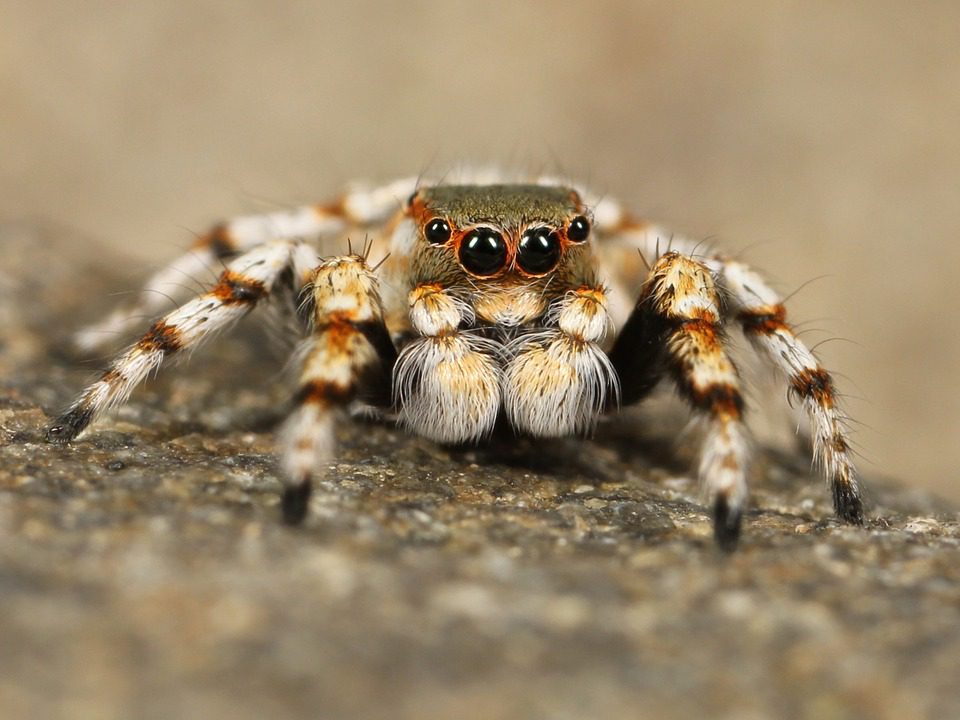Anelosimus eximius is one species of spider that lives in extraordinarily huge nests of up to 1,000 distinct spiders who collaborate to weave webs multiple meters long.
When prey comes into their net, these communal spiders synchronize their attacks and take down their target in unison, allowing them to take down far bigger animals than they might if they fought alone. Until recently, the precise mechanism by which these spiders coordinate their assaults remained a mystery.
According to a recent research, spiders employ tremors in their mega-webs to orchestrate a coordinated swarming activity. What’s remarkable is that none of these spiders assume a leadership position.
When the colony strikes, the spiders attack by coordinating two steps of movement: creeping in on their flailing prey and standing motionless. This enables the arachnids to time their arrival so that they all assault simultaneously.
The team discovered that this synchronized onslaught is nearly completely guided by oscillations in the shared network via field measurements and computer models. When prey becomes entangled in the web, the spiders begin to move. However, after a time, they all come to a halt for a few moments before restarting their movement.
The scientists demonstrated that predatory behavior is really triggered by the struggle of helpless prey by enticing the spiders with a lifeless fly attached to the top of a vibrating generator. This, however, did not account for the colony’s synchronized moves.
That required the use of a computer model. Whilst prey vibrations may have initiated the first motion, it was the spider colony’s oscillations that allowed the hunters to synchronize their assault. If the prey vibrated more vigorously, the colony did not need to be as silent, the scientists observed. As a result, the colony was less coordinated.
The findings were published in the journal Proceedings of the National Academy of Sciences.















Leave a Reply